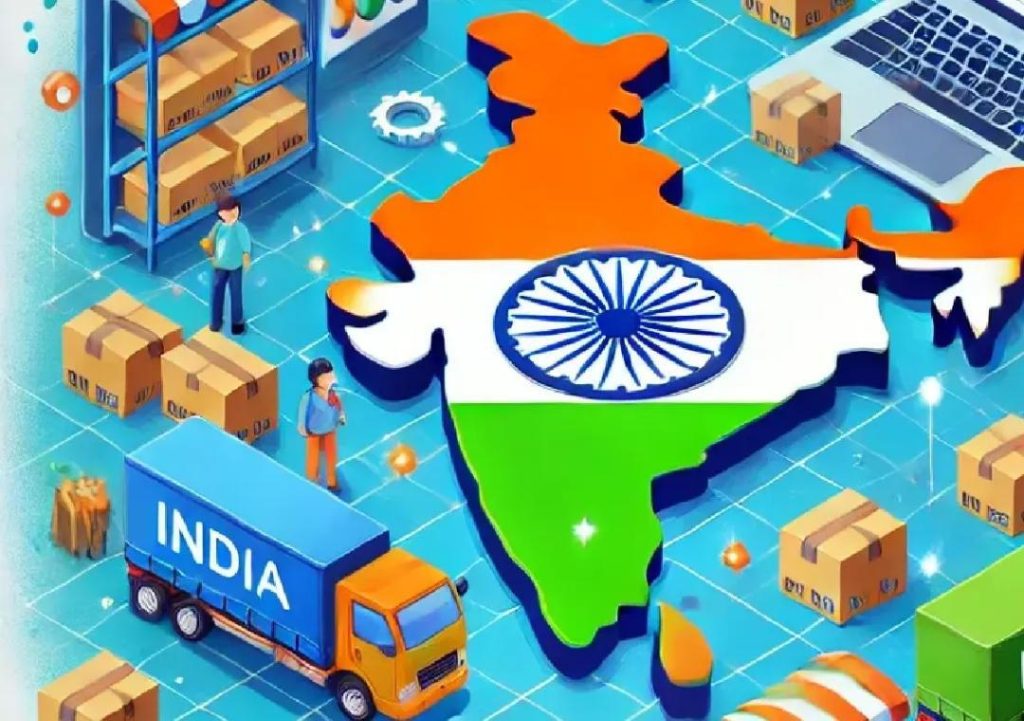
What’s behind the direct-to-consumer boom in India?
The Indian retail landscape has witnessed a significant shift in recent years, with the rise of direct-to-consumer (D2C) models gaining immense popularity. Indian businesses are rapidly adopting this approach to cut out intermediaries, gain control over pricing, and collect first-hand customer insights. With digital payments, logistics, and social commerce fuelling growth, consumers now expect seamless buying journeys and transparent communication. D2C is no longer a passing trend but a structural shift that is reshaping India’s retail.
So, what’s behind this boom? Let’s dive in and explore the factors driving this trend.
Cost savings and control over pricing
One of the primary reasons Indian brands are switching to D2C is to cut out intermediaries and reduce costs. By eliminating the need for distributors, wholesalers, and retailers, brands can save up to 20-30% of their revenue. This cost savings can be reinvested in marketing, product development, and customer experience, allowing brands to maintain their competitiveness.
Another significant advantage of D2C is the ability to control pricing. With traditional retail models, brands are often forced to compromise on pricing to appease intermediaries or meet market demands. By selling directly to consumers, brands can set their own prices, ensuring they receive a fair margin on each sale.
Gaining customer insights
Direct-to-consumer models provide brands with unparalleled access to customer data and feedback. By engaging with customers directly, brands can collect valuable insights on product preferences, pain points, and behavior. This information can be used to refine products, improve customer experience, and develop targeted marketing campaigns.
Digital payments and logistics
The rapid growth of digital payments in India has played a significant role in fueling the D2C boom. With the rise of payment apps like Paytm, Google Pay, and PhonePe, consumers now have a convenient and secure way to make online transactions. This has eliminated the need for cash-on-delivery, making online shopping a seamless experience.
Logistics companies like Delhivery, Xpressbees, and Ecom Express have also invested heavily in building a robust network of warehouses, delivery centers, and transportation systems. This has enabled brands to offer fast and reliable delivery options, further enhancing the customer experience.
Social commerce and influencer marketing
Social media has become an essential channel for Indian brands to reach their target audience. With over 500 million active social media users in India, brands can leverage platforms like Instagram, Facebook, and YouTube to showcase products, share user-generated content, and engage with customers.
Influencer marketing has also become a key strategy for D2C brands. By partnering with social media influencers and content creators, brands can reach a wider audience, build brand awareness, and drive sales.
Expectations of seamless buying journeys and transparent communication
Consumers in India now expect a seamless buying journey, with easy navigation, clear product information, and fast delivery. Brands that fail to meet these expectations risk losing customers to competitors. D2C models enable brands to provide a personalized experience, with easy returns and exchanges, and transparent communication throughout the buying process.
Structural shift in Indian retail
The D2C boom is not just a passing trend but a structural shift in Indian retail. As consumers become increasingly tech-savvy and demanding, brands must adapt to changing consumer expectations. D2C models offer a unique opportunity for brands to build a direct relationship with customers, gain control over pricing and customer insights, and drive business growth.
Conclusion
The direct-to-consumer boom in India is driven by a combination of factors, including cost savings, control over pricing, gaining customer insights, digital payments, logistics, and social commerce. As Indian brands continue to adopt D2C models, consumers can expect a more personalized, seamless, and transparent buying experience. For brands that fail to adapt, the consequences could be severe. The D2C boom is here to stay, and Indian retail will never be the same again.
Source:
https://www.growthjockey.com/blogs/why-indian-brands-are-switching-to-d2c






